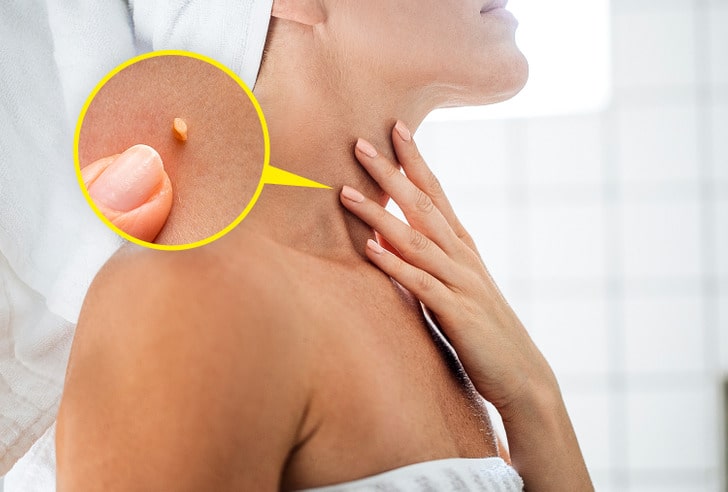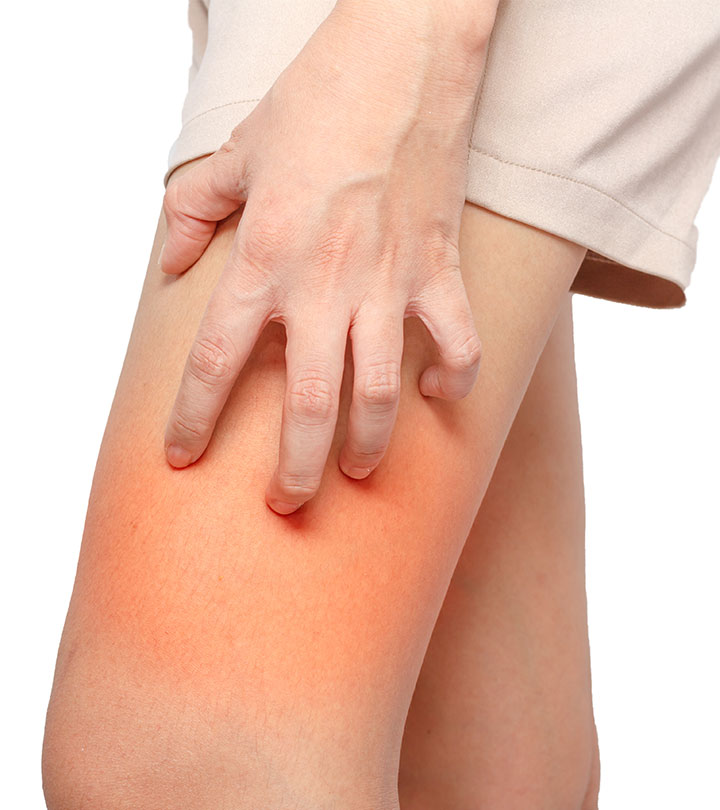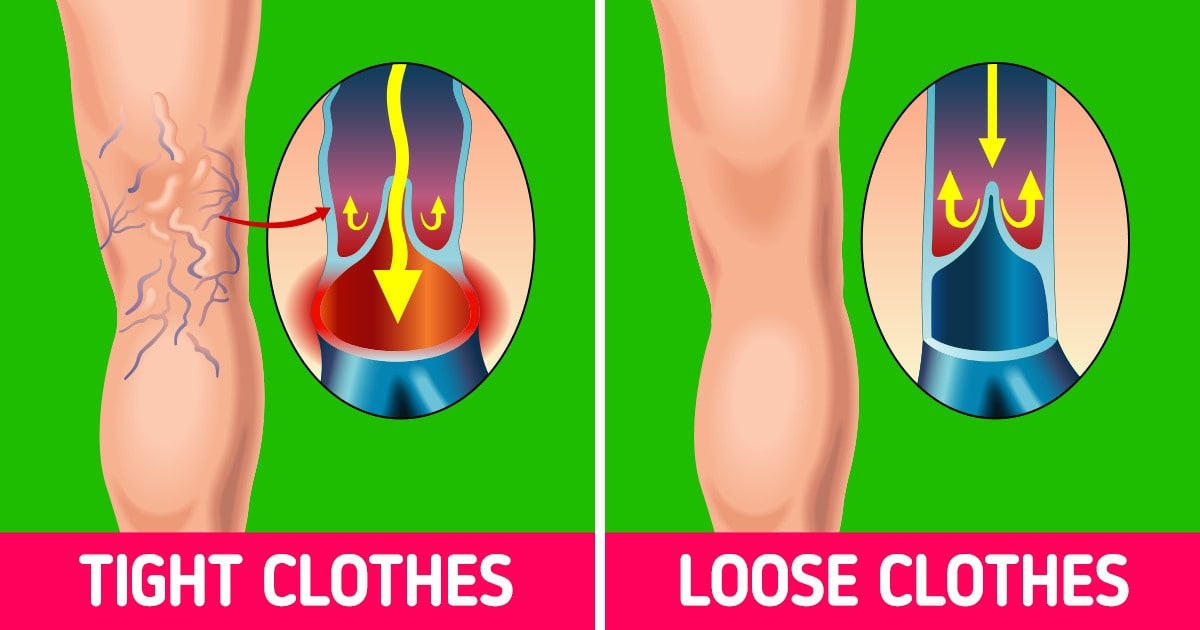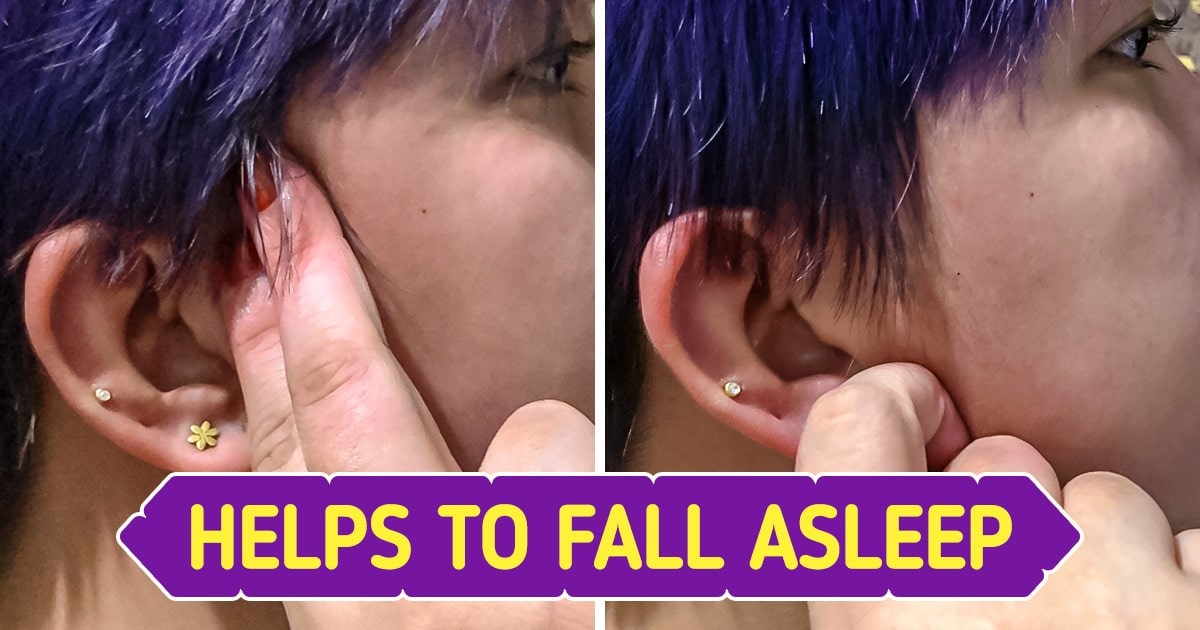The largest organ of our body is the skin. Like any other organ, the skin can give distinctive signs that you should be able to read correctly. Moles are some of the most common. Keeping an eye out for the characteristics of moles and other signs of conditions on your body can help you know what to do when you spot them.
We want to help you make that distinction, but ido t can’t replace professional advice. We’ve written some guidelines to help you interpret the messages your skin is sending you, but you’ll need to see a professional be sure.
What are moles and why they appear

Moles are skin growths that can vary in color from a person’s natural color to a different shade. They can appear anywhere on the skin, individually or in groups.
When the skin’s pigment-producing cells, called melanocytes, grow in clumps instead of spreading across the surface, moles form. Most of them appear in the parts of our body that are most exposed to sunlight. Therefore, it is possible that the more time you spend in the sun, the more moles you will have.
Most moles appear during childhood and up to the age of 20. When you reach adulthood, it is common to have between 10 and 40 moles on your body. In some cases, they can be hairy, and over the years they can slowly change, becoming a bit more bumpy and lighter in color. However, in other cases, you may never notice any change.
After exposure to the sun, moles can darken. This can also happen during puberty or pregnancy due to hormonal changes.
When to have a closer look at them
While most of them are benign, in some cases you may need to take a closer look at them to make sure all is well. Ideally, you should examine the areas of your body that have moles using a mirror, for example, to observe moles in places regularly exposed to the sun (face, hands, legs, arms, chest, and back). You can also ask a friend or someone else to help you.
In any case, you should go to a dermatologist if you notice any of the following signs:
- A mole looks different from others on your body.
- It appears after the age of 30.
- Causes itching or bleeding.
- Its color is not uniform.
- It has irregular changes in its shape or one side looks different from the other.
- Its diameter is larger than that of a pencil eraser.
How to identify a papilloma

Papillomas are light-colored or slightly brown bumps that hang from the surface of the skin. They are made up of loose collagen fibers and ducts embedded in thicker areas of the skin. They usually appear on the neck, eyelids, and other places where there is friction, such as the breasts, groin, or armpits.
What differentiates these formations from moles is mainly their nature. Moles can sometimes develop into malignant cells, while papillomas are almost always benign.
What about warts
There is another type of skin disease that, unlike moles, is caused by a fairly common virus called human papillomavirus (HPV) and is spread by direct contact with the skin or by sharing objects such as towels or cloths. Common warts are usually harmless and go away on their own over time.
They usually appear on the fingers or hands, are characterized by being rough, and usually have a pattern of tiny black dots, which are small blood vessels of clotted blood. Others can appear on the soles of the feet and therefore cause discomfort when walking.
How to prevent them from appearing
Warts can be prevented or prevented from spreading to other parts of the body when they have already appeared by following these recommendations:
Wash your hands regularly, especially if you have been in contact with someone who has warts.
Cover warts with a bandage and avoid touching them. Keep your hands and feet dry.
Wear flip-flops when in a communal shower or locker room.
How do you usually protect your skin from environmental factors?
Preview photo credit Depositphotos.com, Depositphotos.com, Depositphotos.com









